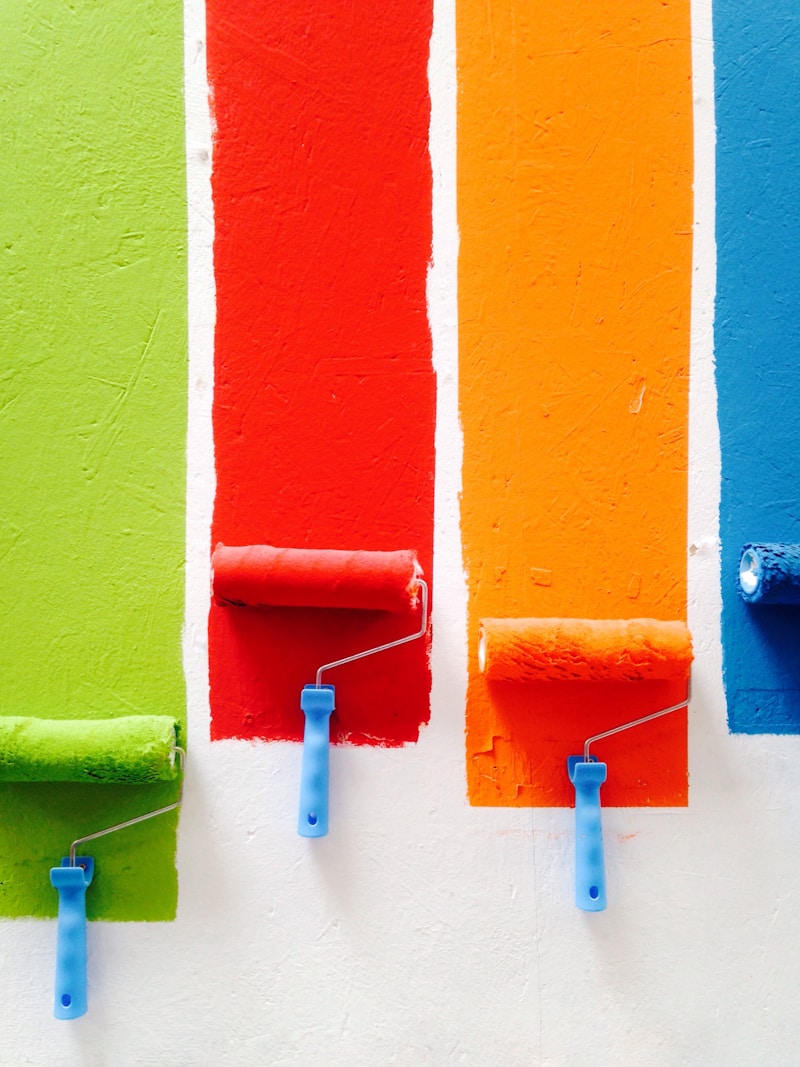Mastering Accessory Coordination for Your Dress
When it comes to fashion, the devil is in the details, and nowhere is this truer than in the realm of accessory coordination for your dress. Accessories can elevate an outfit, express personality, and even alter how a dress is perceived. Understanding how to effectively coordinate accessories with a dress can create a stunning look that speaks volumes. In this comprehensive guide, we’ll explore various aspects of accessory coordination, from choosing the right pieces to understanding color theory and balancing proportions.
The Importance of Accessory Coordination
Accessorizing is not just about adding random pieces to your outfit; it’s a crucial skill that can dramatically enhance or detract from your overall look. Proper accessory coordination can:
- Define Your Style: Accessories reflect your personal style and choices.
- Enhance Your Outfit: The right pieces can add interest and depth to your dress.
- Transform Your Look: Accessories can take a daytime dress to an evening ensemble.
Understanding Accessory Types
Before diving into coordination, it’s essential to understand the types of accessories available. Here's a breakdown:
| Type | Description |
| Jewelry | Earrings, necklaces, bracelets, and rings. |
| Bags | Handbags, clutches, and totes that complement your outfit. |
| Shoes | The perfect footwear that matches the occasion and style of your dress. |
| Scarves | Textiles that can be worn in different styles for added flair. |
| Hats | Headwear that can add a chic touch to your look. |
| Belts | To define the waist and add structure to your silhouette. |
Color Coordination
Color theory plays a pivotal role in accessory coordination. Understanding how to combine colors can make or break your ensemble. Here are some tips on how to mix and match colors effectively:
- Complementary Colors: These colors are opposite each other on the color wheel. For instance, a deep blue dress pairs beautifully with orange accessories.
- Analogous Colors: These are next to each other on the color wheel. A green dress looks stunning with yellow-green and blue-green accessories.
- Neutral Base: If your dress is colorful, consider neutral accessories (like beige, black, or white) to maintain balance.
Examples of Color Combinations

Balancing Proportions
Understanding proportions is vital when coordinating accessories for your dress. Here’s how to ensure your accessories complement rather than overwhelm:
- Lengths: If your dress has a high neckline, opt for longer earrings or necklaces to create balance.
- Volume: For a fitted dress, a larger handbag can add contrast, while a voluminous dress pairs well with smaller bags.
- Footwear Height: Consider the height of your dress—pair high heels with a long gown, but flats might be better for a casual dress.
Accessorizing for Different Occasions
Your choice of accessories should also reflect the occasion. Here’s a quick guide to accessorizing for various events:
| Occasion | Suggested Accessories |
| Casual Day Out | Flats, a crossbody bag, and simple jewelry. |
| Work Function | A structured handbag, classic pumps, and stud earrings. |
| Formal Event | Elegant heels, a clutch, and statement jewelry. |
| Beach Day | Flip flops, a large tote, and sunglasses. | Evening Out | Strappy sandals, a small handbag, and bold accessories. |
Personalizing Your Accessory Choices
While there are general rules for accessory coordination, personal expression and individual style should take precedence. Here are a few tips:
- Mix Vintage and Modern: Combining vintage and contemporary pieces can create a unique look.
- Use Family Heirlooms: Incorporating sentimental pieces can add a personal touch to your ensemble.
- Experiment with Textures: Mixing materials like leather with silk can enhance visual interest.
Accessorizing According to Season
Seasons greatly influence accessory choices. Here’s a seasonal breakdown:
- Spring: Light and airy accessories such as floral designs and pastel colors are ideal.
- Summer: Bright colors and fun accessories like sun hats and beach bags make a statement.
- Autumn: Earth tones and layered accessories work well with fall wardrobes.
- Winter: Think warm materials and bold accessories to stand out against the drab winter palette.
Final Thoughts and Tips
Accessory coordination is an art that can elevate any outfit, letting your personality shine through your style choices. Remember to consider color, proportion, occasion, and personal style when choosing your accessories. Create a balanced look by alternating between bold and subtle pieces, and most importantly, have fun with your fashion choices!
Summary
In conclusion, mastering accessory coordination for your dress is not just about following fashion rules but about expressing who you are. With the right knowledge, your accessories can transform a simple dress into a statement piece. Focus on color combinations, balancing proportions, considering the occasion, and adding personal flair to create a signature look that is uniquely yours. Enjoy the process, explore new combinations, and let your style speak for itself!
Remember, the right accessory can make all the difference. Happy styling!